Almost every household has one, the mysterious junk drawer. It is that catch-all space where random odds and ends go to hide, things you might need someday but rarely ever do. Over time, this small drawer becomes a time capsule of forgotten clutter, filled with items that seemed useful once but have long outlived their purpose. While the idea of organizing it might sound tedious, clearing out your junk drawer can actually feel freeing. You will rediscover a few nostalgic keepsakes, but you will also realize how much unnecessary stuff has piled up. By knowing which items truly do not deserve a spot there, you can reclaim this space for things that actually matter. Here are twelve common culprits taking up valuable drawer real estate that you probably will not miss once they are gone.
1. Dead Batteries
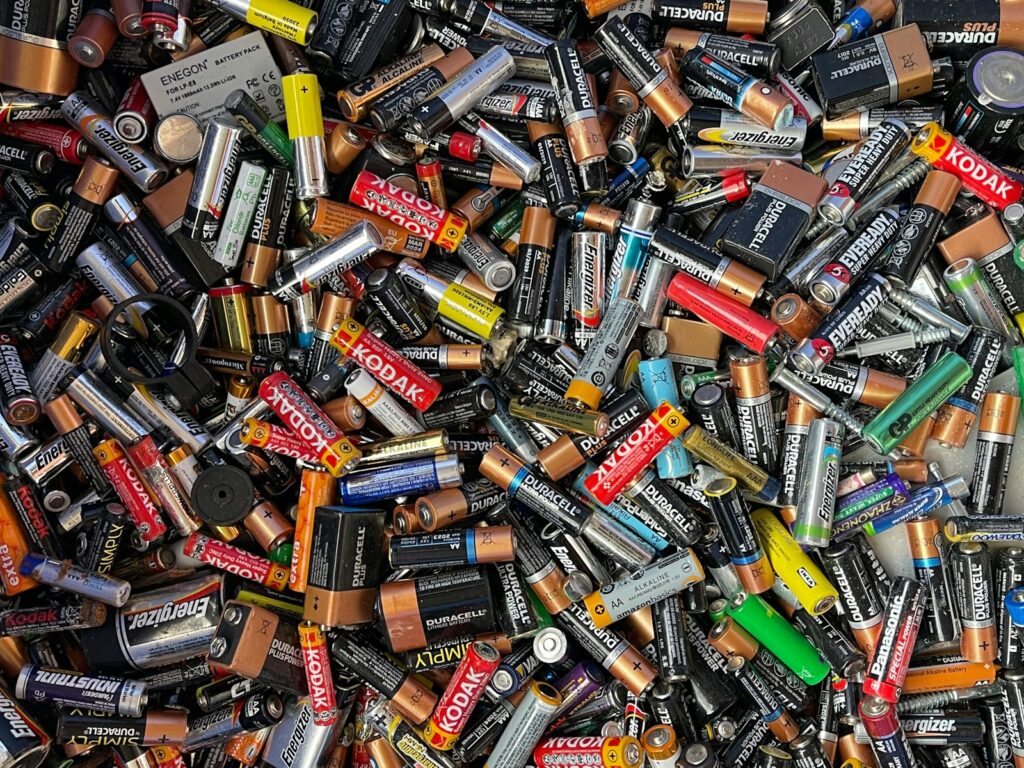
Dead batteries are one of the most common items that end up buried in junk drawers. People often keep them thinking they might still have a little life left, but in reality, they are just taking up space. These batteries can eventually leak and cause damage to other items in the drawer. The best way to handle them is to dispose of them properly at recycling centers. Keeping only fresh and functional batteries in a separate container will help you avoid unnecessary clutter and keep your drawer safe, clean, and ready for everyday essentials.
2. Old Keys

Every junk drawer seems to have a handful of old keys that no one remembers using. They once belonged to doors, lockers, or storage boxes that no longer exist. While it might feel wrong to throw them away, keeping mystery keys serves no real purpose. Over time, they just add confusion and clutter. If you truly cannot remember what a key opens, it is safe to discard or recycle it. For the ones that matter, consider labeling and storing them neatly. You will free up space and make your junk drawer look more organized and intentional.
3. Expired Coupons

Coupons are easy to stash in drawers with the intention of using them later, but they often expire before you even remember they are there. Expired coupons take up unnecessary space and make finding useful items more difficult. Go through your collection and recycle any that are no longer valid. In the future, switch to digital coupons or keep them in a small organizer for easy access. Decluttering expired ones not only clears physical space but also helps you feel more in control of your spending and organization habits at home.
4. Mystery Cords

Old cords and chargers are classic junk drawer clutter. They come from devices you no longer own or cables that no one can identify. These tangled messes make the drawer look chaotic and take up space that could be used for something useful. Try testing each cord to see if it still works or matches any devices you currently have. If not, recycle them properly at an electronic waste center. Keeping only necessary cords neatly tied or labeled will make your drawer more functional and prevent future frustration when searching for the right cable.
5. Broken Pens and Dried Markers
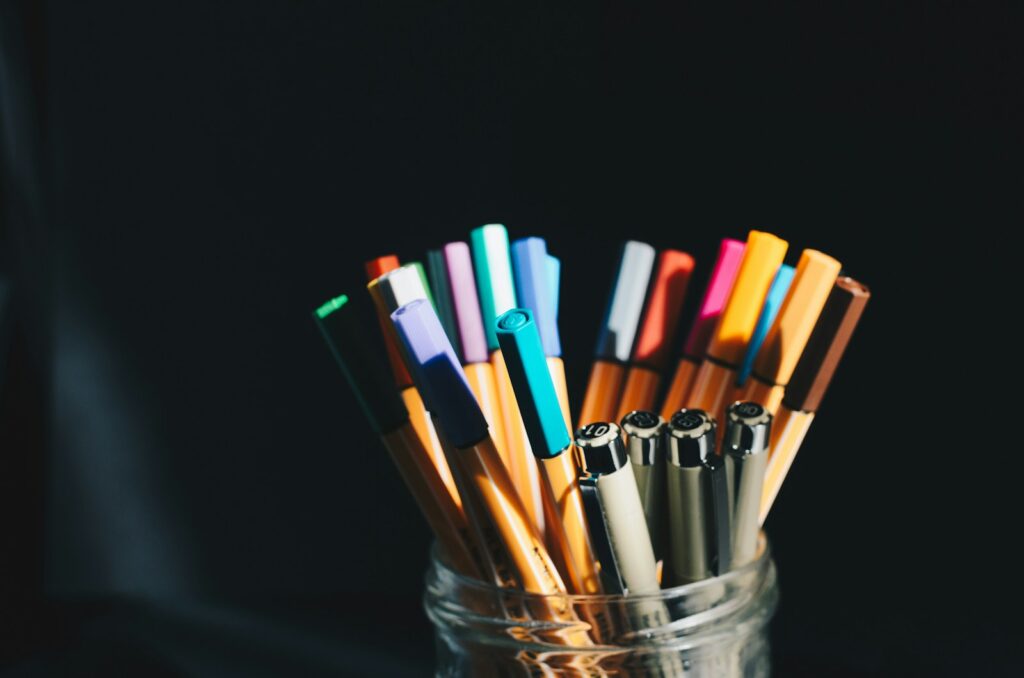
Everyone has a handful of pens that barely write or markers that have completely dried up. Keeping them around only adds to the clutter and makes it harder to find a working pen when you need one. Test each one quickly and discard the ones that no longer work. You can also invest in a small container or cup for functional writing tools. Maintaining a clutter-free drawer filled only with reliable items saves time and ensures your space stays neat and organized for daily use at home or work.
6. Rubber Bands and Twist Ties
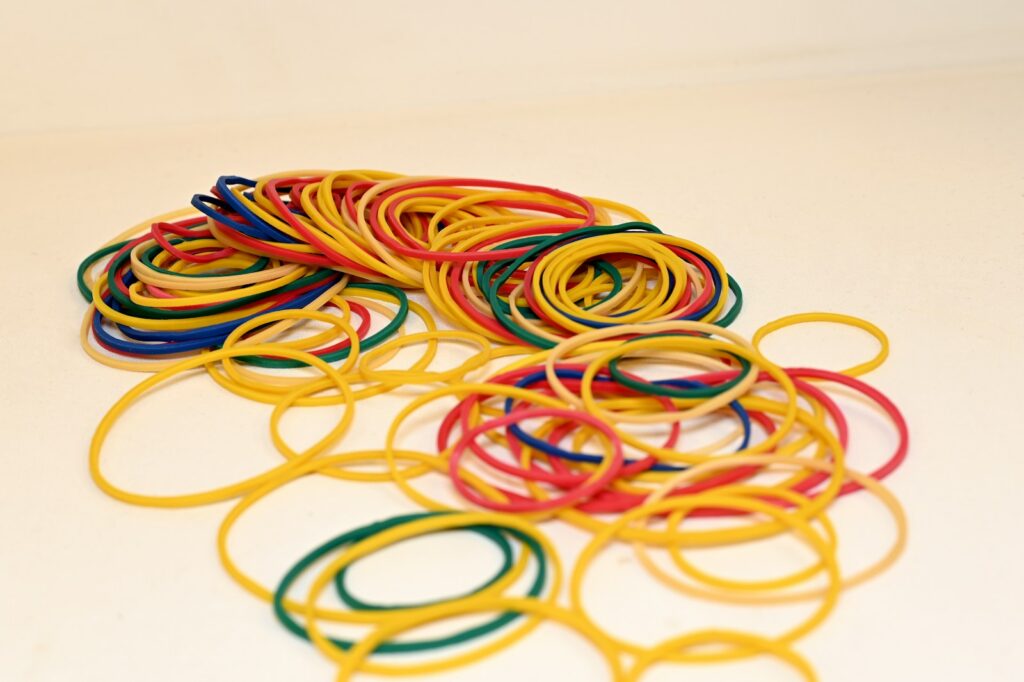
Rubber bands and twist ties seem harmless, but they accumulate quickly. You might save them thinking they will come in handy, yet most end up forgotten. Over time, they lose elasticity, become sticky, or simply pile up without purpose. Instead of keeping dozens, select just a few and discard the rest. For better organization, place them in a small box or clip. This not only clears unnecessary clutter but also makes your drawer more functional and easier to manage, ensuring that everything inside serves a clear and practical purpose.
7. Instruction Manuals
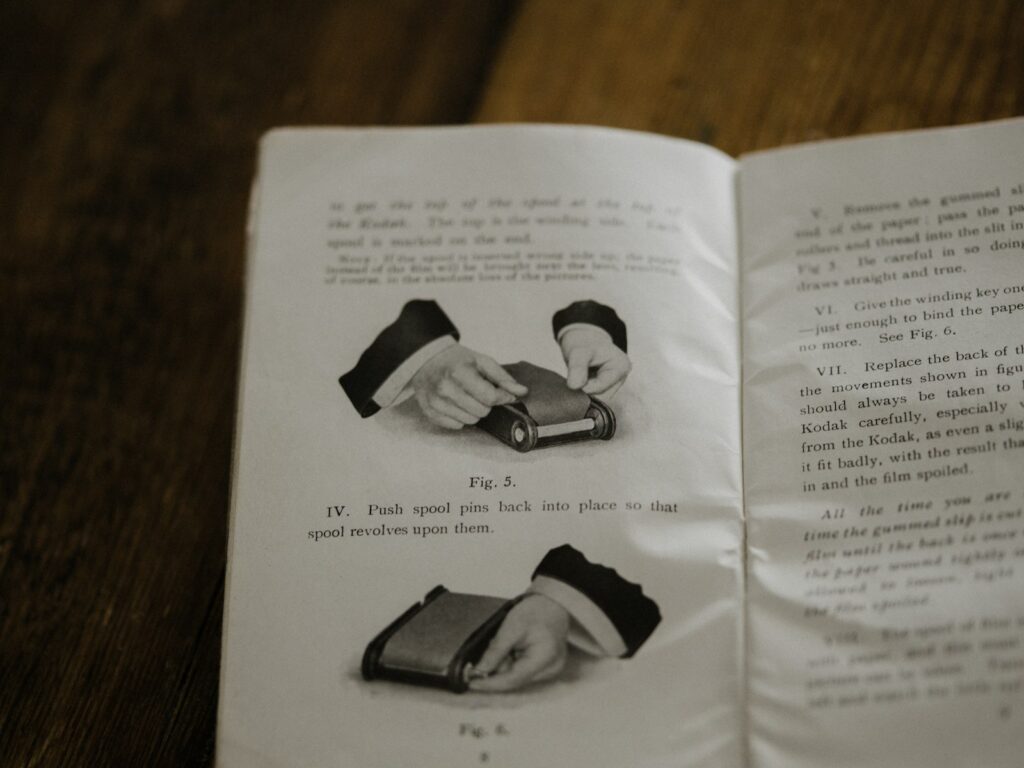
Instruction manuals often take up unnecessary space because most people never look at them again. Today, nearly all product manuals can be found online, making the physical copies redundant. Unless the manual belongs to a complex or expensive item, it is safe to recycle it. For those you truly need, store them in a labeled folder instead of the junk drawer. By eliminating these paper stacks, you will create more room for useful items and make your drawer easier to navigate, keeping your home environment tidy and efficient.
8. Old Receipts
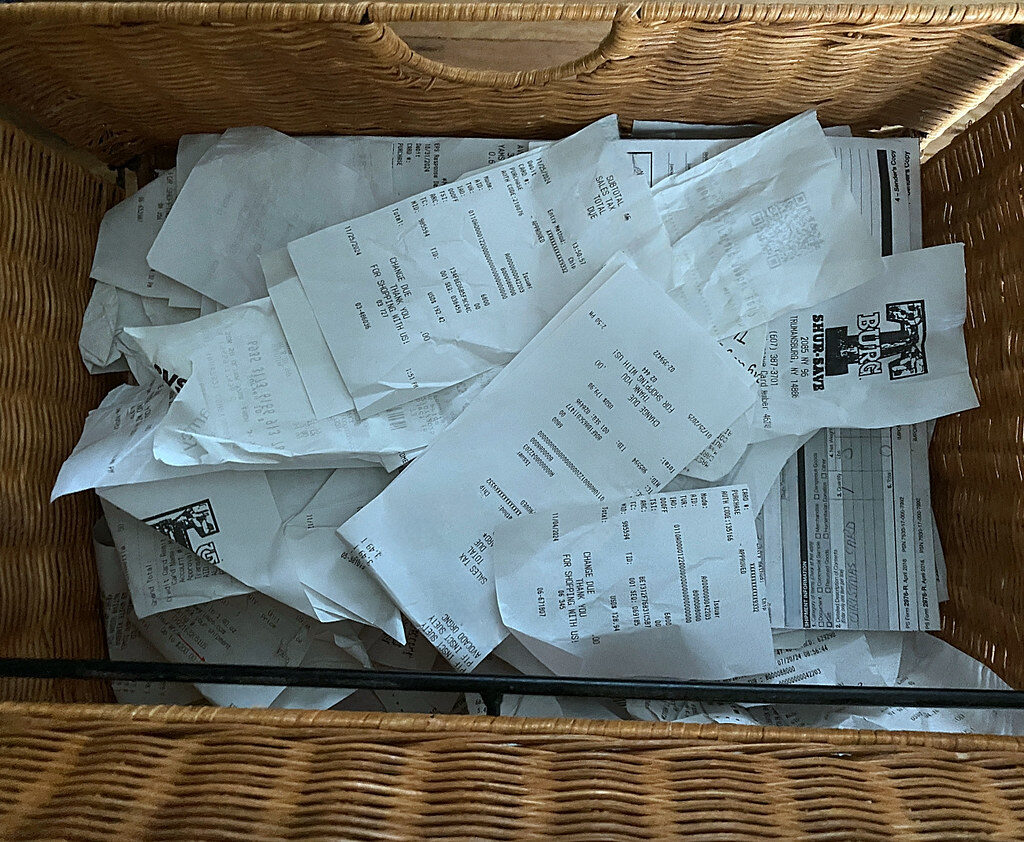
Old receipts are notorious for piling up and fading over time. They often become unreadable and no longer serve any purpose. While it is important to keep receipts for tax or warranty reasons, most others can be discarded. Sort through the pile and keep only those that are truly necessary. Organize them in an envelope or folder instead of stuffing them in the drawer. Removing unnecessary receipts instantly makes your space neater and more functional, helping you locate the items you actually need without sorting through crumpled paper.
9. Random Screws and Bolts

Many junk drawers contain random screws, bolts, and nails left over from previous projects. While they might seem useful, mismatched hardware rarely finds a purpose. Instead of letting them scatter around, sort through the pile and keep only pieces that match your current furniture or fixtures. Store them in a small labeled container to stay organized. Getting rid of unnecessary hardware makes your drawer more practical and prevents the frustration of rummaging through sharp or bulky items that do not serve any meaningful purpose in your household.
10. Dried Super Glue Tubes

Super glue is handy, but once opened, it often dries out quickly and becomes unusable. Keeping old tubes in your junk drawer only wastes space and makes it harder to find items you actually need. Check the condition of each tube and throw away the ones that are hardened or crusted shut. Replace them with a new one when necessary and store it in a sealed plastic bag to extend its life. This small change keeps your drawer tidy, functional, and free from sticky, dried-out clutter.
11. Outdated Chargers

Technology evolves fast, and that pile of outdated chargers is proof of it. They once powered devices that no longer exist, or use completely different connectors today. Keeping them only adds bulk and confusion when you are searching for the right cable. Go through your collection, identify which chargers still match your current gadgets, and recycle the rest properly. You will free up space and make your drawer much easier to navigate. This simple decluttering habit keeps your home organized while ensuring that only relevant items remain accessible.
12. Single Keys, Clips, and Miscellaneous Trinkets

Tiny objects like single keys, paper clips, buttons, or old keychains tend to accumulate in junk drawers without purpose. While some might hold sentimental value, most are just forgotten clutter. Sort through these small items carefully and decide which ones are truly useful. Keep only what serves a purpose or carries meaning. Using a small container for these essentials can help maintain order. Getting rid of random trinkets creates a sense of space and calm, turning your junk drawer into an organized, practical spot rather than a chaotic catch-all.
Comments